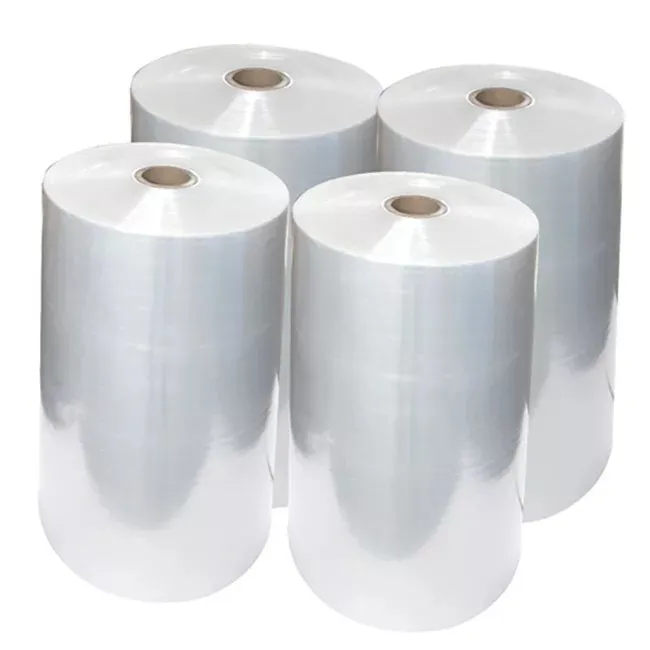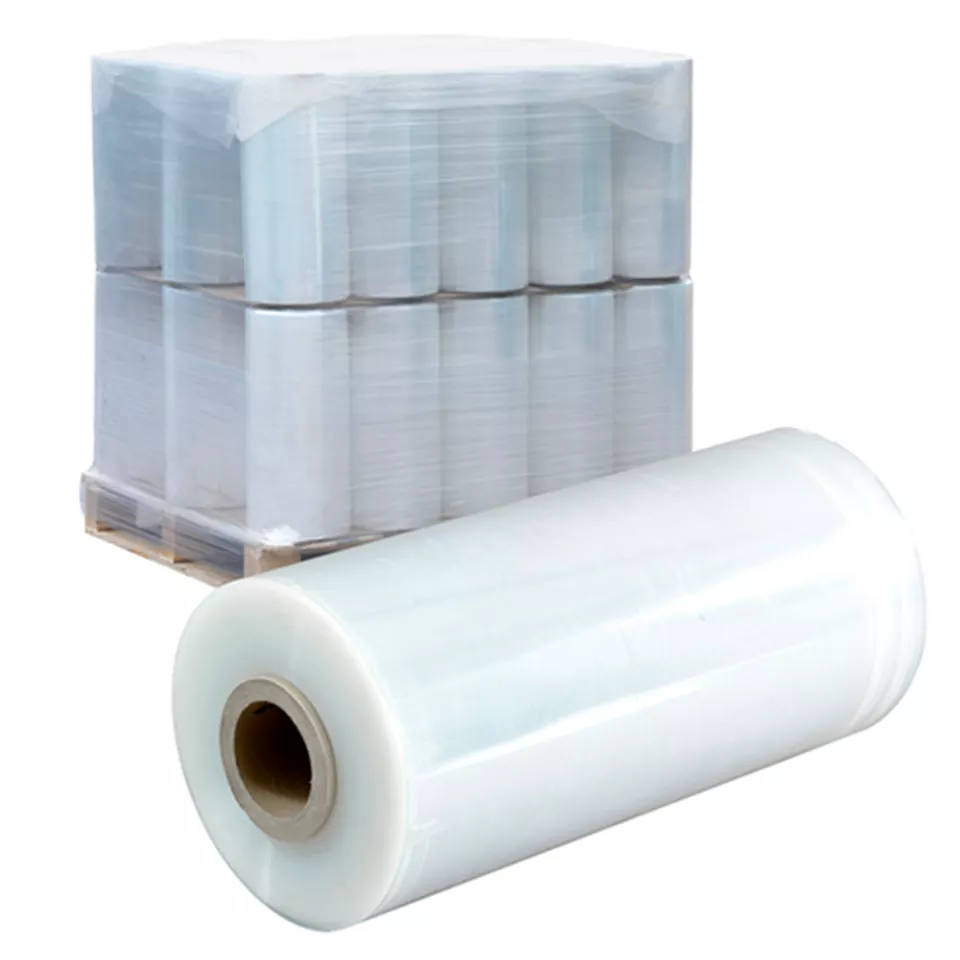- Afrikaans
- Albanian
- Amharic
- Arabic
- Armenian
- Azerbaijani
- Basque
- Belarusian
- Bengali
- Bosnian
- Bulgarian
- Catalan
- Cebuano
- chinese_simplified
- chinese_traditional
- Corsican
- Croatian
- Czech
- Danish
- Dutch
- English
- Esperanto
- Estonian
- Finnish
- French
- Frisian
- Galician
- Georgian
- German
- Greek
- Gujarati
- haitian_creole
- hausa
- hawaiian
- Hebrew
- Hindi
- Miao
- Hungarian
- Icelandic
- igbo
- Indonesian
- irish
- Italian
- Japanese
- Javanese
- Kannada
- kazakh
- Khmer
- Rwandese
- Korean
- Kurdish
- Kyrgyz
- Lao
- Latin
- Latvian
- Lithuanian
- Luxembourgish
- Macedonian
- Malgashi
- Malay
- Malayalam
- Maltese
- Maori
- Marathi
- Mongolian
- Myanmar
- Nepali
- Norwegian
- Norwegian
- Occitan
- Pashto
- Persian
- Polish
- Portuguese
- Punjabi
- Romanian
- Russian
- Samoan
- scottish-gaelic
- Serbian
- Sesotho
- Shona
- Sindhi
- Sinhala
- Slovak
- Slovenian
- Somali
- Spanish
- Sundanese
- Swahili
- Swedish
- Tagalog
- Tajik
- Tamil
- Tatar
- Telugu
- Thai
- Turkish
- Turkmen
- Ukrainian
- Urdu
- Uighur
- Uzbek
- Vietnamese
- Welsh
- Bantu
- Yiddish
- Yoruba
- Zulu
Sustainable PCR Plastic Solutions | Eco-Friendly Recycled Materials
Industry Trend & Market Forecast
The pcr plastic market, valued at $26.7 billion in 2023, is projected to grow at a CAGR of 9.3% (2024-2028) [GVR Data]. Regulations like the EU Single-Use Plastics Directive and rising brand sustainability commitments drive adoption of PCR-based products, including advanced multi-layer films (pa evoh pe multilayer film, pe shrink film, pe protective film, mdo pe film).
- Key Segments: Flexible packaging (food, pharma), industrial wrapping, label facestocks, e-commerce logistics.
- Latest Tech: Co-extrusion, molecular orientation (MDO/BOPE), high-barrier layers (e.g., EVOH), surface treatments.

What is pcr plastic? Technical Definition & Sustainable Value
PCR plastic refers to “Post-Consumer Recycled” polymer materials derived from used packaging, bottles, and consumer goods. These plastics are reprocessed—collected, sorted, cleaned, and pelletized—then compounded into new applications such as multi-layer flexible packaging films.
Why PCR? Reincorporating pcr plastic into new products delivers up to 68% lower carbon footprint vs. virgin polymers ([McKinsey Packaging Circularity Study 2023]). Key sustainability drivers include:
- Waste reduction: Closing the loop in plastic value chains.
- Regulatory compliance: Meets EU/US food-contact and packaging content mandates (e.g., 30% PCR by 2030).
- Brand advantage: Supports “Recycled Content” labeling and corporate social responsibility metrics.
| Property | PCR PE Film | Virgin PE Film | PCR PP | Virgin PP |
|---|---|---|---|---|
| Density (g/cm3) | 0.92–0.94 | 0.92–0.94 | 0.90–0.91 | 0.90–0.91 |
| MFI (g/10min, 190°C/2.16kg) | 0.6–4.5 | 0.6–8.0 | 1.0–5.0 | 2.0–6.0 |
| Tensile Strength (MPa) | 16–22 | 17–25 | 28–35 | 32–39 |
| Elongation at Break (%) | 300–450 | 350–600 | 250–500 | 350–700 |
| Clarity (Haze, %) | 7.0–20.0 | 3.0–12.0 | 8.0–18.0 | 4.0–10.0 |
| Food Contact Suitability | Certified (FDA/EFSA*) | Certified (FDA/EFSA*) | Conditional | Certified (FDA/EFSA*) |
Product Focus: 30%-75% PCR PE Film
30%-75% PCR PE Film is an advanced multi-layer polyethylene film integrating between 30% and 75% certified pcr plastic content. Applicable for both food-contact and industrial packaging, this film achieves optimal balance of cost, sustainability, and performance.
| Specification | 30%-75% PCR PE Film |
|---|---|
| Structure | Mono- or Co-extruded; up to 7 layers (PA/EVOH/PE/MDO PE as needed) |
| PCR Content | ≥30%, customizable to 75% (certified post-consumer) |
| Gauge / Thickness | 25μm – 200μm (0.025–0.2mm) |
| Widths | 200mm – 2800mm |
| Barrier Performance | Low/Medium/High (option: PA EVOH PE multilayer film) |
| Clarity & Haze | <15% haze (customizable) |
| Mechanical Strength | ≥18 MPa (TD), ≥300% elongation |
| Certifications | ISO 9001/14001, FDA/EFSA Food Contact, REACH, RoHS |
| Lifetime | ≥5 years under normal use |
🔄 PCR Collection & Cleaning
Sorting, washing, contaminant removal♻️ PCR Pelletizing
Shredding, extrusion, filtration🔬 Blending/Compounding
PCR resin + additives + virgin PE🛠 Film Extrusion
Cast or blown (mono/multi-layer)🔍 Quality Testing
ISO/ANSI/ASTM, FDA/EFSA batch approvalTech Advantages: Why Multi-layer Films?
- Barrier property tuning: pa evoh pe multilayer film structure delivers O2 barrier < 0.5cm3/m2.day with up to 75% pcr plastic in non-food-contact layers.
- MDO PE film (Machine Direction Oriented): Increased stiffness, clarity, and downgauging potential (as low as 20μm).
- PE shrink film: High holding force, ideal for multi-pack and pallet wrapping with reduced virgin plastic content.
- PE protective film: Excellent puncture and impact resistance for building, white goods, and electronics.

- Superior printability for branding, tracking, and compliance.
- Adjustable mechanical/optical performance via resin ratio, orientation, and surface treatment (corona/primer).
- Excellent compatibility with recycling streams, in line with CEFLEX/Ellen MacArthur Foundation guidelines.
- Tested per ISO 527, ASTM D882 for tensile, elongation; ISO 1872-2 for MFI and melt properties.
- Food-contact compliance: FDA 21 CFR 177.1520, EFSA 2011/10/EU, and local GB 4806 standards.
- ROHS/REACH for hazardous substances; batch traceability on request.
Vendor Analysis: How Does 30%-75% PCR PE Film Compare?
| Brand | Product | PCR Content (%) | Barrier Option | Certifications | MOQ (kg) | Lead Time |
|---|---|---|---|---|---|---|
| DSL Packaging | 30%-75% PCR PE Film | 30–75 | PA/EVOH/PE; MDO | ISO, FDA, REACH, RoHS | 1500 | 2–4 weeks |
| Amcor Flexibles | AmPrima™ PCR | 30–50 | Yes (EVOH/PE) | FDA, EFSA | 3000 | 4–6 weeks |
| Klöckner Pentaplast | kpNext™ PCR | 30–50 | No/Yes (EVOH/PA) | FDA, ISO | 2000 | 3–5 weeks |
| Taghleef Industries | BOPE PCR Film | 20–35 | Yes (MDO BOPE) | ISO, FDA | 3500 | 4–7 weeks |

Custom Solutions: Layer Structures & Tailored Performance
- Layering: Flexible combinations of PCR PE (core/skin), virgin PE for food-facing sides, PA/EVOH/PE barrier layer for shelf-stable products.
- Surface treatment: Corona, plasma, primer or anti-fog coatings (for sealed trays, fresh food films).
- Printability: Gravure, flexo or digital—brand logos, QR/barcodes, traceability.
- Color: Clear, white, custom tinted; opaque for primary & secondary packaging.
- Performance optimization: Peel & seal, high friction, anti-static, antifog, custom slip.
- Formats: Rollstock, bags, shrink hoods, pouches, labels, FFS form-fill-seal stock.
- Why: Enhanced corrosion resistance, UV-stable for 24+ months, and reduces landfill waste by 38%.
- Tested: ISO 14726 anti-aging; ASTM D882 tensile; achieved 0.9 N/mm adhesion.
- Outcome: Saved ~22 tons/year virgin plastic. No failures in field over 3-year deployment.
- Barrier: <0.7cc/m2.day OTR (EVOH core), food-contact side 100% virgin PE.
- Shelf-life: 12 days extension. Maintained “no spoilage” in 3-country blind test (per ISO 18602).
Installation, Quality Assurance & Lifecycle
- Installation: Films supplied as rolls or cut sheets. Suits auto-form/fill/seal (FFS), shrink wrapping, manual application.
- Quality Control: Each lot is batch-tested (ISO 9001), including dimensions, tensile/elongation, haze, odor, migration, and optional migration testing per FDA/EFSA.
- Warranty: Minimum 24 months shelf, 5 years in-field storage or usage expected for PE protective and shrink films.
- Disposal: Designed for compatibility with global PE recycling codes (#4 – LDPE).
FAQs: Professional Q&A on PCR PE Film & Multi-layer Films
Order & Support
- Average Lead Time: 2–4 weeks after order confirmation and color approval.
- MOQ: Typically 1500–2000kg; sample rolls available for industrial testing.
- Warranty & Support: 2-year shelf-life; technical support hotline, free lab analysis for major customers.
- Ordering: Request a Quote for PCR PE Film
Authoritativeness & Industry References
- Quality system: DSL Packaging operates ISO 9001/14001 factories, with 16+ years experience, and supplies to Fortune 500 FMCG, pharma, and industrial customers.
- Third-party references: Product data per [GVR](https://www.grandviewresearch.com/industry-analysis/post-consumer-recycled-plastics-market), [Flexible Packaging EU](https://www.flexpack-europe.org), and [Plastics Technology Magazine](https://www.ptonline.com/).
Industry forum: PackagingEurope.com • FlexPack Magazine
Contact DSL Packaging for certificates, technical sheets, or custom quotes for your pcr plastic requirements.













